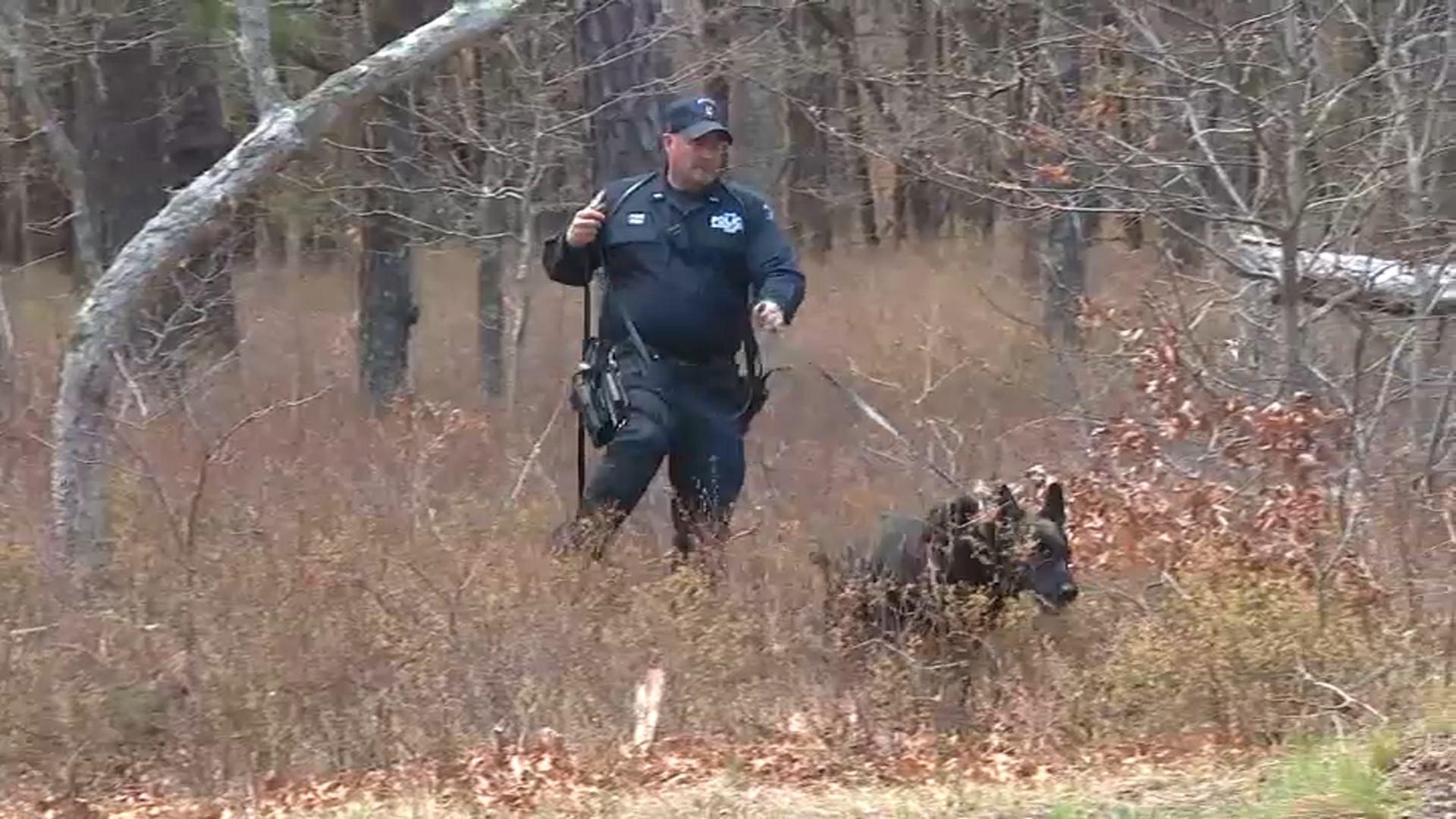
What to Know
- A new audit released by the Office of the MTA Office of Inspector General found that excessive work hours for rail employees are posing a high risk to their safety.
- The study looked at fatigue which can cause delayed reactions and poor decision-making among workers who are not covered by Federal Railroad Administration (FRA) regulations which limit the work hours allowed for railway personnel.
- According to the audit released Thursday, many LIRR workers in the engineering department, specifically in the track division, are working a high number of hours, often consecutively, which can lead to excessive fatigue and increase the risk of accidents.
A new audit released by the Office of the MTA Office of Inspector General found that excessive work hours for rail employees are posing a high risk to their safety.
The study looked at fatigue which can cause delayed reactions and poor decision-making among workers who are not covered by Federal Railroad Administration (FRA) regulations which limit the work hours allowed for railway personnel.
According to the audit released Thursday, many LIRR workers in the engineering department, specifically in the track division, are working a high number of hours, often consecutively, which can lead to excessive fatigue and increase the risk of accidents. The audit details that employees in the engineering department worked 7% of their reported hours at risk of severe fatigue with 20 employees with the most frequent long shifts (all track employees) working 37% of their assigned hours with a risk of severe fatigue. These 20 employees also spent 39% of their hours working 24 hours or more, with 1,055 such shifts.
Get Tri-state area news and weather forecasts to your inbox. Sign up for NBC New York newsletters.
The OIG's study spanned an 18-month period ending in June 2022. The OIG studied which groups of LIRR workers tended to have long hours, the factors that increase the number of excessive hours worked, and what the LIRR can do to reduce these hours.
Overall, the study found that 267 track employees worked 24 hours or longer on 4,375 occasions. The study also found that one employee worked continuously for 24 hours or more a whopping 64 times. Another employee was on duty for 84 consecutive hours on one occasion.
"Fatigued workers put the safety of employees, the public, and railroad assets at risk, and we should not continue to normalize the situation," Acting MTA Inspector General Elizabeth Keating said. "Railroad management is also concerned and plans to take constructive actions to vigilantly manage excessive work hours."
News
To drive their point across, the MTA OIG mentioned a tragic incident that took place in June 2017, in which a track foreman was fatally struck by a passenger train near Queens Village Station. A subsequent investigation by National Transportation Safety Board (NTSB) found that the work schedules for both the foreman and watchman prevented them from receiving restorative sleep for two consecutive nights prior to the incident. The FRA found that both were fatigued.
The OIG notes that changing the work environment to reduce excessive hours "will be a Herculean task" since the LIRR has a number of challenges that may impede these change including agency directives, contractual rules, a previous hiring freeze, and the pandemic fallout leading to low staffing levels.
The FRA recognized the urgency of addressing employee fatigue. Currently, the LIRR is in the process of developing its fatigue risk program, which it hopes to submit to the FRA by next month.
In a statement in response to the OIG's study, MTA Spokesperson David Steckel said: “The LIRR will never compromise on employee safety and has increased its efforts to reduce excessive hours by filling open positions and starting the process of establishing a centralized manpower office to better plan and coordinate work shifts. The LIRR is always looking for opportunities to work with its union partners and identify opportunities to decrease consecutive hours and improve safety.”



